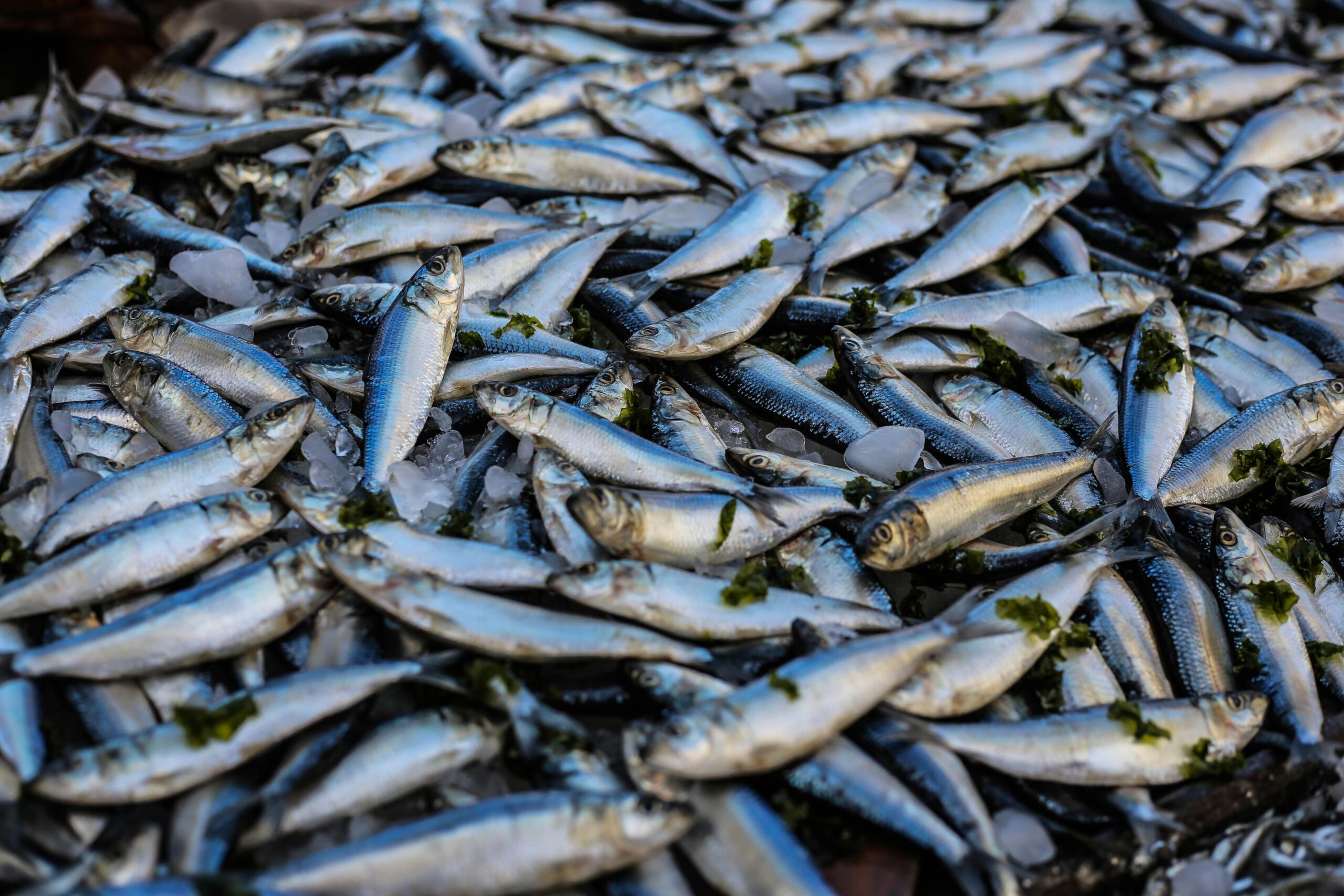Microplastics Found In 99% Of Sampled Seafood

A new study published in Frontiers titled “From the ocean to our kitchen table: anthropogenic particles in the edible tissue of the U.S. West Coast seafood species,” reports that 99% of the fish sampled contained anthropogenic particles. According to The Guardian, Elise Granek, a Portland State University microplastics researcher and study co-author said “As long as we’re using plastic as a major component in our daily lives and we’re using it in a widespread fashion, then we’re going to see them in our food, too.”
*How Microplastics Change
Many scientists believe that microplastics are a threat to human health because they, among other things, enter the heart and the brain. One study, written about in EWG showed “A recent study suggests the presence of microplastics may increase the risk of heart attack and other cardiovascular problems among people with heart disease.”
FDA Disagrees
The conclusion of that study is questionable according to the FDA. “While many studies have reported the presence of microplastics in several foods, including salt, seafood, sugar, beer, bottled water, honey, milk, and tea, current scientific evidence does not demonstrate that the levels of microplastics or nanoplastics detected in foods pose a risk to human health.” The authors added that one challenge is that there is no standardized yardstick for research conclusions.
So, the challenge to the findings published in Frontiers is that it will be questioned and that means little may be done about the problem. Even worse, the microplastic are present in virtually every kind of food, and they do not disappear for decades or possibly centuries.
More from ClimateCrisis 247
- U.S. Military Emissions Higher Than Ethiopia’s
- Living In Delhi Like Smoking 1,797 Cigarettes A Year
- Mississippi Tops List Of Plastic Pollution
- In Some Of The World’s Largest Cities, It’s Too Hot To Live






